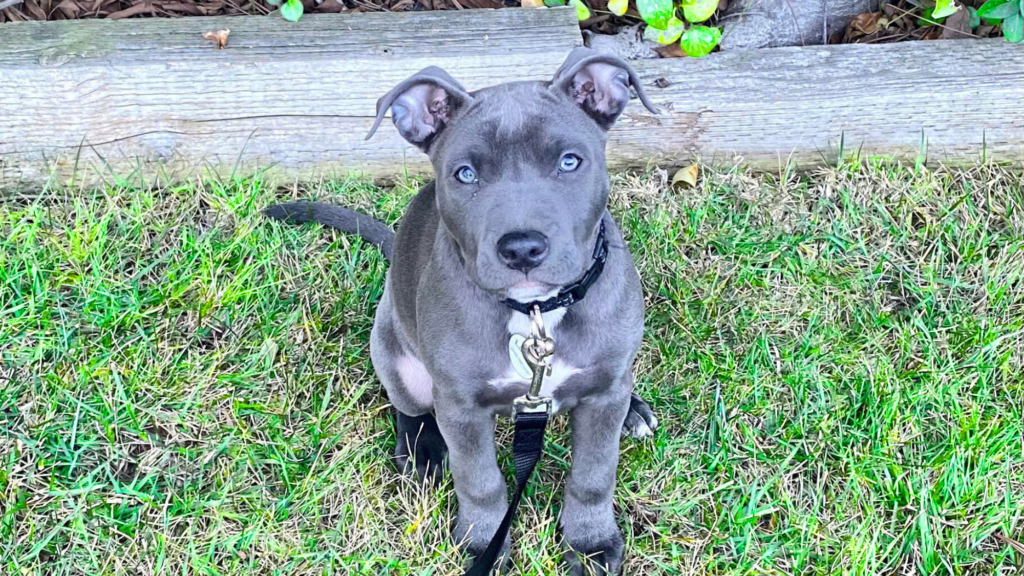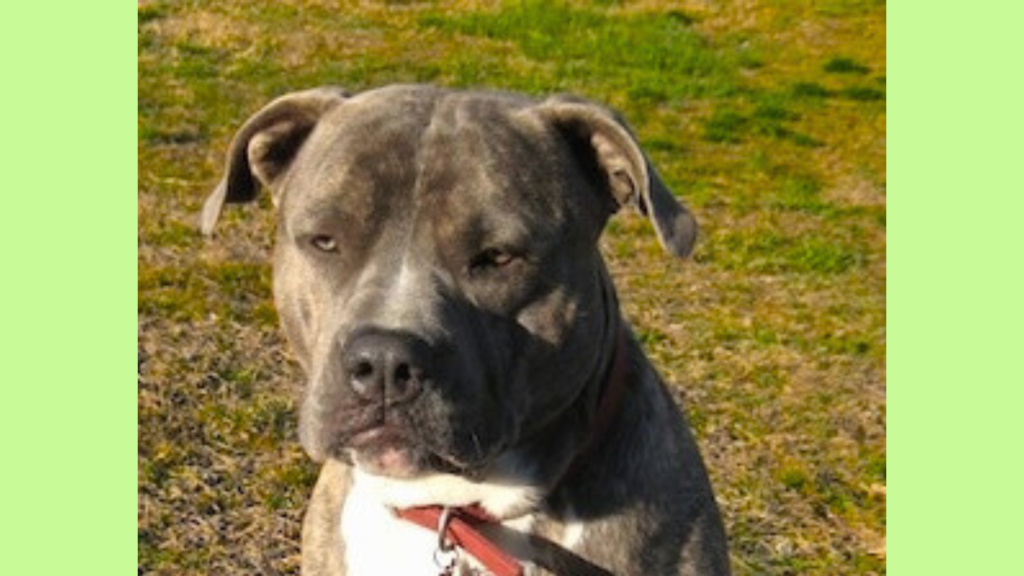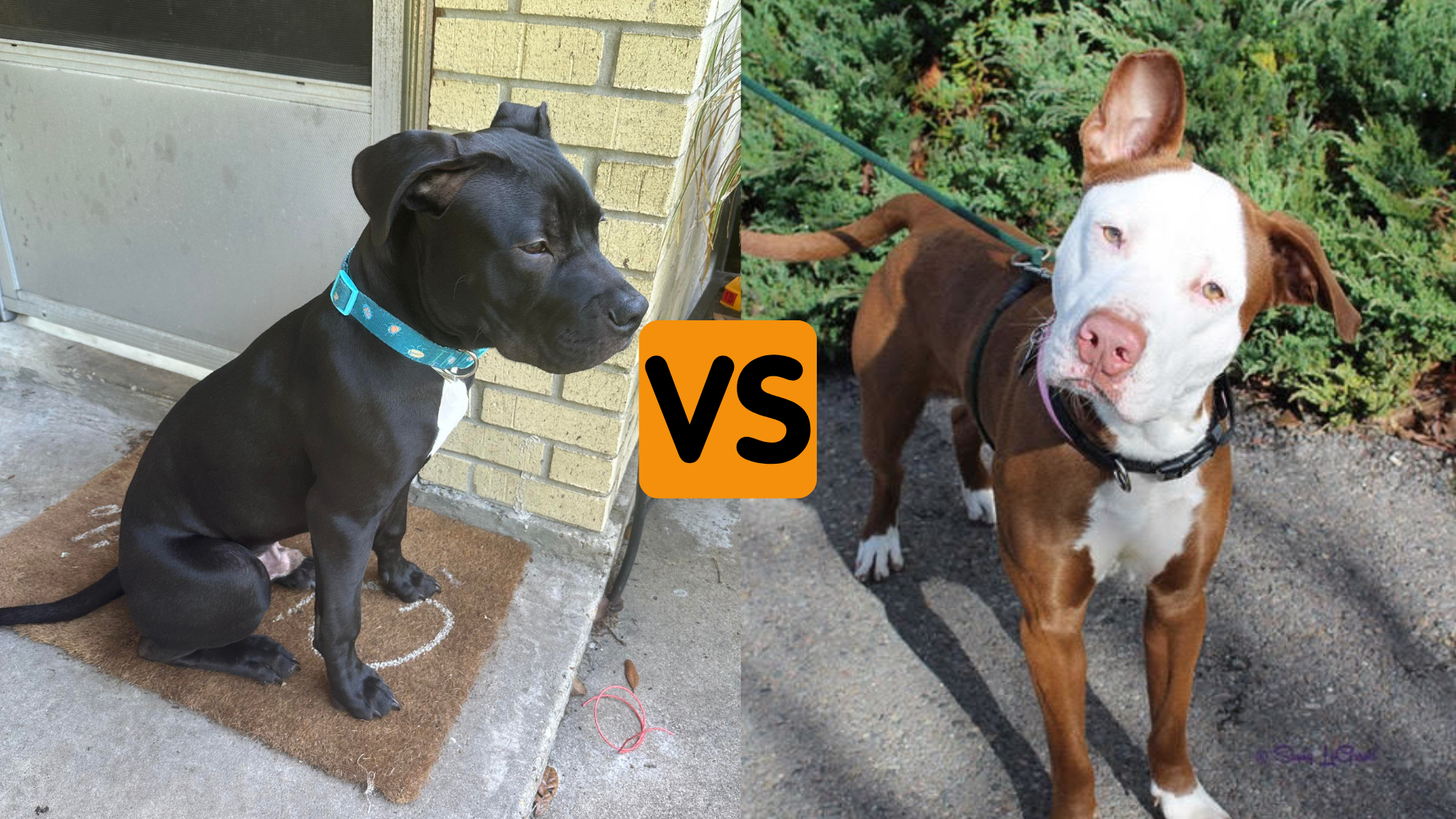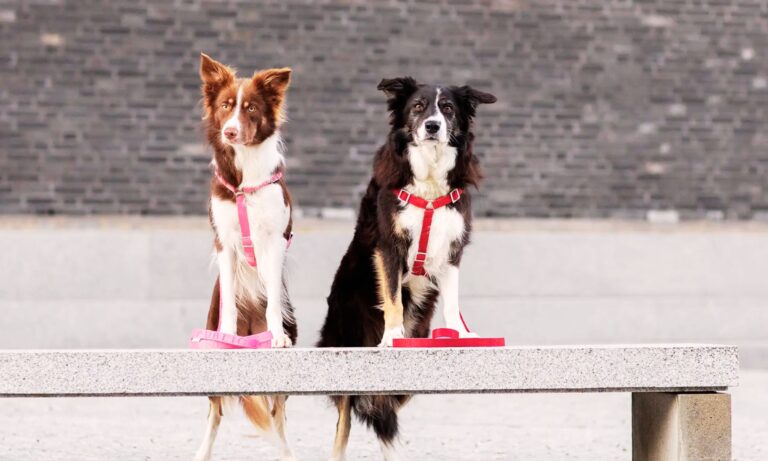| Summary: Pitbull 6 Months vs 1 Year: At 6 months, a Pitbull is still growing rapidly, weighing between 35-50 pounds and standing about 16-18 inches tall. By 1 year, they are nearing full growth, weighing 40-60 pounds and standing 18-20 inches tall. Nutrition, exercise, and training are crucial during these stages for healthy development. |
The difference between Pitbull 6 Months vs 1 Year is significant in terms of size, strength, and temperament. At 6 months, a male Pitbull typically weighs around 30 to 40 pounds and measures 15 to 17 inches at the shoulder. By the time it reaches 1 year, that same dog can weigh up to 55 to 65 pounds and stand 17 to 21 inches tall. Behaviorally, Pitbulls grow from energetic, somewhat clumsy puppies into more controlled, albeit still highly active, young adults.
Understanding the growth stages of a Pitbull can help owners provide proper training, nutrition, and exercise during critical development periods. Whether you’re wondering about Pitbull weight at 6 months, Pitbull height at 1 year, or training needs during adolescence, this guide will walk you through every milestone between six months and a full year of age. Find out what style dog collar is best for hounds to ensure comfort and safety for your furry friend.
Blog Highlights
ToggleGrowth Overview: How Fast Do Pitbulls Grow?
Pitbulls are considered medium-sized, muscular dogs. They experience rapid growth in their first year, especially during the first 6 to 9 months. The pace of physical development slows after 12 months, though they may continue to fill out in muscle and body mass until 18 to 24 months.

Average Pitbull Growth by Age (Male):
| Age | Weight (lbs) | Height (inches) |
| 2 Months | 10 – 15 | 7 – 9 |
| 4 Months | 20 – 28 | 10 – 13 |
| 6 Months | 30 – 40 | 15 – 17 |
| 9 Months | 40 – 50 | 16 – 19 |
| 1 Year | 50 – 65 | 17 – 21 |
Note: Female Pitbulls typically weigh 10% less and may be 1 to 2 inches shorter.
6-Month-Old Pitbull: What to Expect
At 6 months old, your Pitbull is halfway through its physical development but still very much a puppy in behavior. Here’s a breakdown of this critical stage:

Weight and Height at 6 Months
Most 6-month-old Pitbulls weigh 30 to 40 pounds and stand 15 to 17 inches tall at the shoulder. They still have a leaner frame and longer limbs, which fill out over time.
Some males from larger bloodlines (such as American Pitbull Terriers crossed with XL bullies) may weigh closer to 45 pounds at this stage, but this is the upper range.
Physical Appearance
The body of a 6-month Pitbull is slightly lanky. Their heads are still growing in proportion to their bodies, and you may notice ears and paws look larger than normal. This “awkward growth phase” is completely natural.
Behavioral Traits
- High energy: Expect frequent zoomies, destructive chewing, and short attention spans.
- Teething: The adult teeth are coming in, so gnawing on furniture or shoes is common.
- Social curiosity: At this stage, they’re eager to meet other dogs and people.
- Testing boundaries: They may ignore commands or act rebellious, especially if not neutered.
Training and Socialization
Training must be consistent at this age. Begin or reinforce commands like sit, stay, leave it, and heel. Pitbulls thrive with reward-based learning, so positive reinforcement is key. The ideal size collar for English Springer Spaniel typically ranges from 14 to 20 inches, depending on the dog’s age and neck size, ensuring a comfortable and secure fit.
1-Year-Old Pitbull: What Has Changed?
At 1 year old, a Pitbull begins to resemble a fully grown adult dog, even if their skeletal and muscular development isn’t 100% complete.

Weight and Height at 1 Year
Most male Pitbulls weigh between 50 to 65 pounds and stand 17 to 21 inches tall. Female Pitbulls generally weigh 45 to 55 pounds and are 16 to 19 inches in height.
If your 1-year-old Pitbull weighs less than 45 pounds, it’s a good idea to check their diet, activity levels, or consult a vet for underlying issues.
Body Composition
By 1 year, the dog’s body fills out noticeably. Muscle mass becomes defined in the shoulders, neck, chest, and back legs. The chest broadens, and the jawline becomes more square and strong.
XL Pitbulls or those from American Bully lines may reach 70 to 85 pounds by this age.
Behavior and Temperament
- Increased strength and stamina: They’re now capable of long walks, tug games, and even beginner agility training.
- More focus: Training becomes easier as attention spans improve.
- Stronger prey drive: Instincts begin to kick in, so leash training is essential.
- Territorial behavior: Some may show signs of guarding or marking if not neutered.
Emotional Maturity
Although physically developed, Pitbulls are still emotionally maturing at 12 months. They may still act goofy or playful but also show signs of loyalty and protectiveness. Many reach full mental maturity around 18 to 24 months.
The recommended size collar for an English Cocker Spaniel usually ranges from 12 to 18 inches, providing a snug and comfortable fit for your dog.
Pitbull Growth Comparison: 6 Months vs 1 Year
Let’s look at the measurable changes between these two stages in direct comparison.
| Attribute | 6 Months | 1 Year |
| Weight (Male) | 30 – 40 lbs | 50 – 65 lbs |
| Height (Male) | 15 – 17 in | 17 – 21 in |
| Behavior | Puppy-like, excitable, defiant | Focused, stronger instincts |
| Appetite | Moderate to high | High (caloric needs peak) |
| Muscle Definition | Beginning | Significant, especially in chest and legs |
| Trainability | Medium | High |
| Bite Strength | 120-180 PSI (developing) | 235+ PSI (fully capable) |
Feeding Needs at 6 Months vs 1 Year
6 Months: Pitbull puppies need 3 meals per day at this age. Focus on high-quality kibble with at least 24% protein and 14% fat. Daily caloric intake should be around 900 to 1,100 kcal, depending on activity level.

1 Year: At this stage, you can transition to 2 meals per day. Adult Pitbulls require 1,200 to 1,500 kcal per day. Add raw meats or lean proteins if you’re following a raw diet plan. Supplements like glucosamine may be introduced to support joint development.
To find the perfect fit, learn more about what size collar for a Bichon, ensuring your dog’s comfort and safety.
Exercise Needs at 6 Months vs 1 Year
6 Months:
Keep exercise light but consistent. Two 20-minute walks and 30 minutes of playtime (fetch, chase, tug) is ideal. Avoid high-impact activities like jumping or long-distance running to protect developing joints.
1 Year:
Now ready for full exercise routines, including hiking, jogging, agility training, and long fetch sessions. Provide 60 to 90 minutes of structured activity per day to avoid destructive boredom.

Health Concerns at Each Stage
At 6 Months:
- Hip dysplasia (watch for limping or stiffness)
- Teething issues
- Digestive upsets (switching food too fast)
- Demodectic mange (common in some Pitbull lines)
At 1 Year:
- Joint strain from overexertion
- Allergies (manifest as itchy skin or ears)
- Hormonal behaviors (aggression, marking)
- Obesity (watch calorie intake and limit treats)
Vet check-ups should include weight monitoring, heartworm prevention, dental inspection, and vaccinations during both stages.
Behavioral Tips: Pitbull Puppy vs Adult
Pitbulls are intelligent, emotional, and thrive on human attention. Behavioral issues often arise due to lack of stimulation, poor socialization, or inconsistent training.
6-Month Pitbull Training Goals:
- Housebreaking
- Basic commands
- Socialization with dogs/people
- Crate training
1-Year Pitbull Training Goals:
- Advanced obedience (off-leash, heel)
- Impulse control (ignore distractions)
- Agility or sports training
- Guard training (only with professionals)
Pitbulls respond best to positive reinforcement, consistent routines, and early exposure to environments, people, and animals.
Discover the ideal option by exploring what is the best collar material for a Bichon Frise to ensure your pet’s comfort and durability.
Pitbull Health and Nutrition: Tailored for Pitbull 6 Months vs 1 Year
As your Pitbull transitions from Pitbull 6 Months vs 1 Year, their nutritional and health needs evolve. During both stages, it’s crucial to ensure that your dog receives a balanced diet tailored to their growth, energy levels, and overall health. Proper nutrition not only supports physical development but also contributes to mental and behavioral well-being.
Nutrition at 6 Months
At 6 months, your Pitbull is still growing rapidly, and their nutritional needs are higher compared to an adult dog. Puppy food should contain more protein and fat to support the growing muscles and bones. Look for a food formula that contains 20-30% protein and 8-15% fat, with a balance of essential vitamins and minerals, particularly calcium and phosphorus. These nutrients help in bone development, which is crucial during the rapid growth phase.
It’s essential to feed your 6-month-old Pitbull at least 3 meals per day to support their high energy levels. Be mindful of the portion sizes to avoid overfeeding, which can lead to obesity or joint issues later in life. While treats can be used for training, try to limit them to ensure balanced meals.
Top Nutritional Considerations at 6 Months:
- Increased caloric intake (around 900-1,100 kcal/day)
- High-quality, protein-rich food
- Healthy fats for energy and coat health
- Moderate amounts of calcium and phosphorus for bone strength
Nutrition at 1 Year
By the time your Pitbull reaches 1 year, they are considered an adolescent, and their dietary needs start to shift. Their growth rate slows, but they still require a high-calorie, protein-packed diet to maintain muscle mass and energy levels.
At 1 year, you can transition your dog to an adult formula with a higher focus on protein quality and less fat compared to puppy food.
For a healthy adult Pitbull, you’ll want food with 18-25% protein and 8-12% fat, ensuring the diet is nutrient-dense but not excessively rich. Your dog’s calorie intake should be approximately 1,200 to 1,500 kcal/day, depending on their activity level.
A well-balanced adult formula should contain omega-3 and omega-6 fatty acids for joint health, healthy skin, and a shiny coat.
The best collar size for an American Staffordshire Terrier ensures a comfortable and secure fit for your dog during walks and training.
Top Nutritional Considerations at 1 Year:
- Transition to adult food
- Focus on protein quality and moderate fat
- Keep the calorie intake around 1,200-1,500 kcal/day
- Continue to monitor calcium and phosphorus levels for bone maintenance
Conclusion: Pitbull at 6 Months vs 1 Year – What Should You Know?
The growth from Pitbull 6 Months vs 1 Year is remarkable. By 6 months, they’re rapidly growing, curious, and require guidance. By 1 year, they’re physically stronger, mentally more stable, and ready for advanced training.
Whether you’re focusing on Pitbull weight comparisons, training differences, or health considerations, each phase demands specific attention. Understanding what to expect at each stage will help you raise a well-rounded, powerful, and loyal companion.
As your Pitbull grows from an energetic pup to a strong adult, provide plenty of affection, training, and structured activity. In return, you’ll have a lifelong protector and friend.





